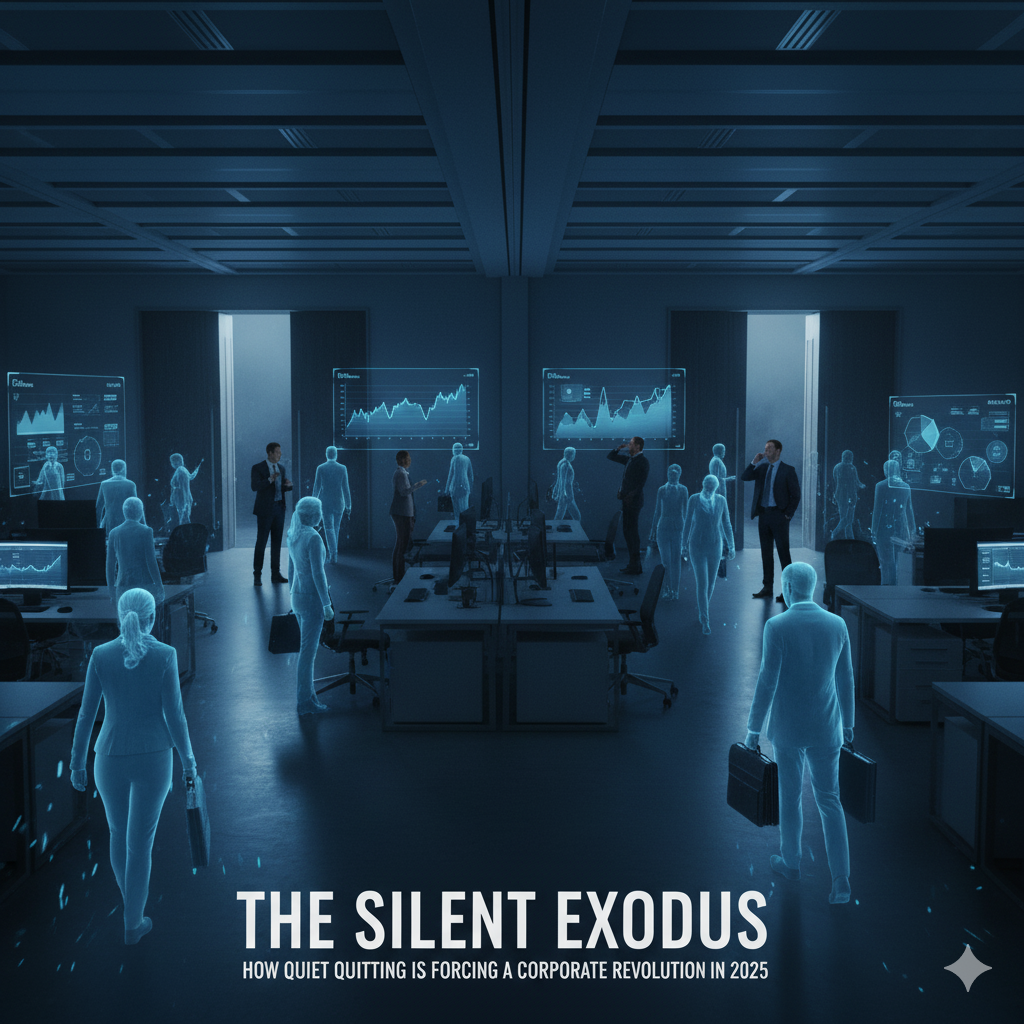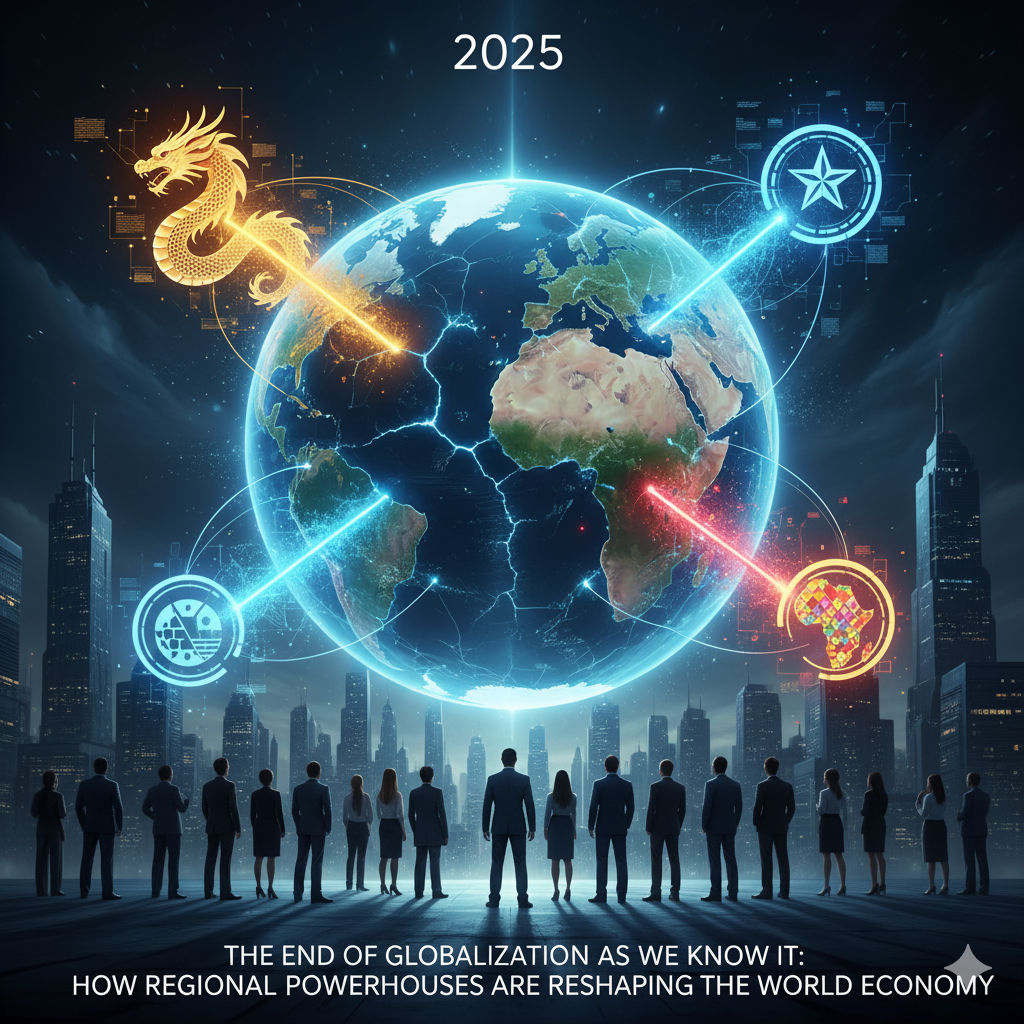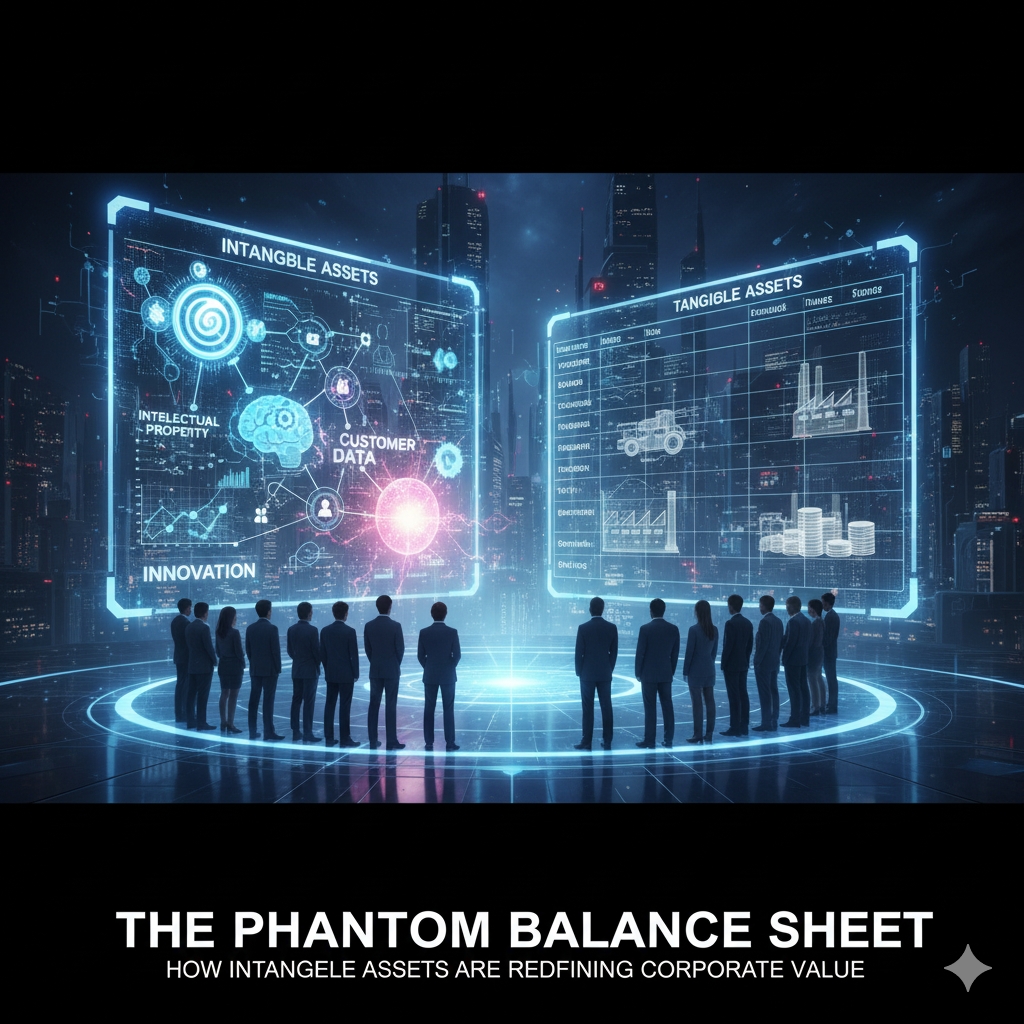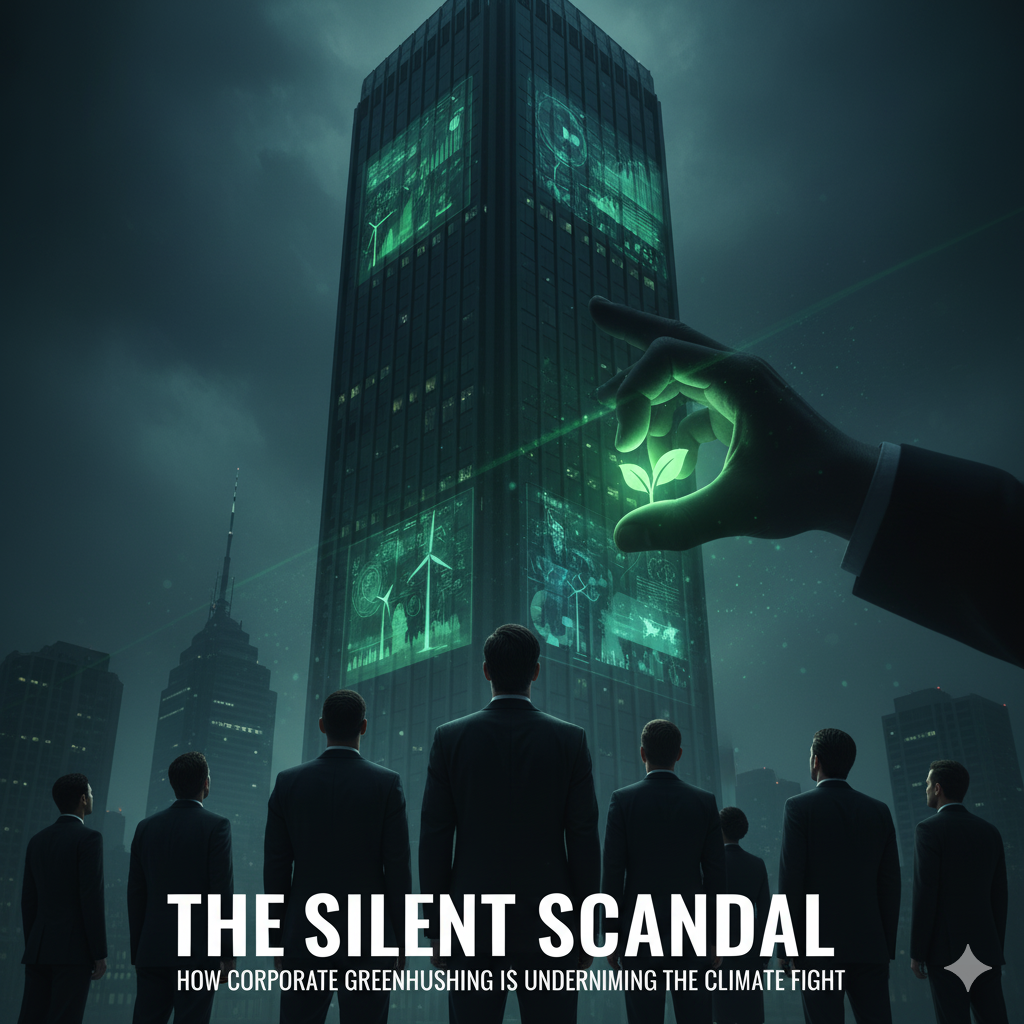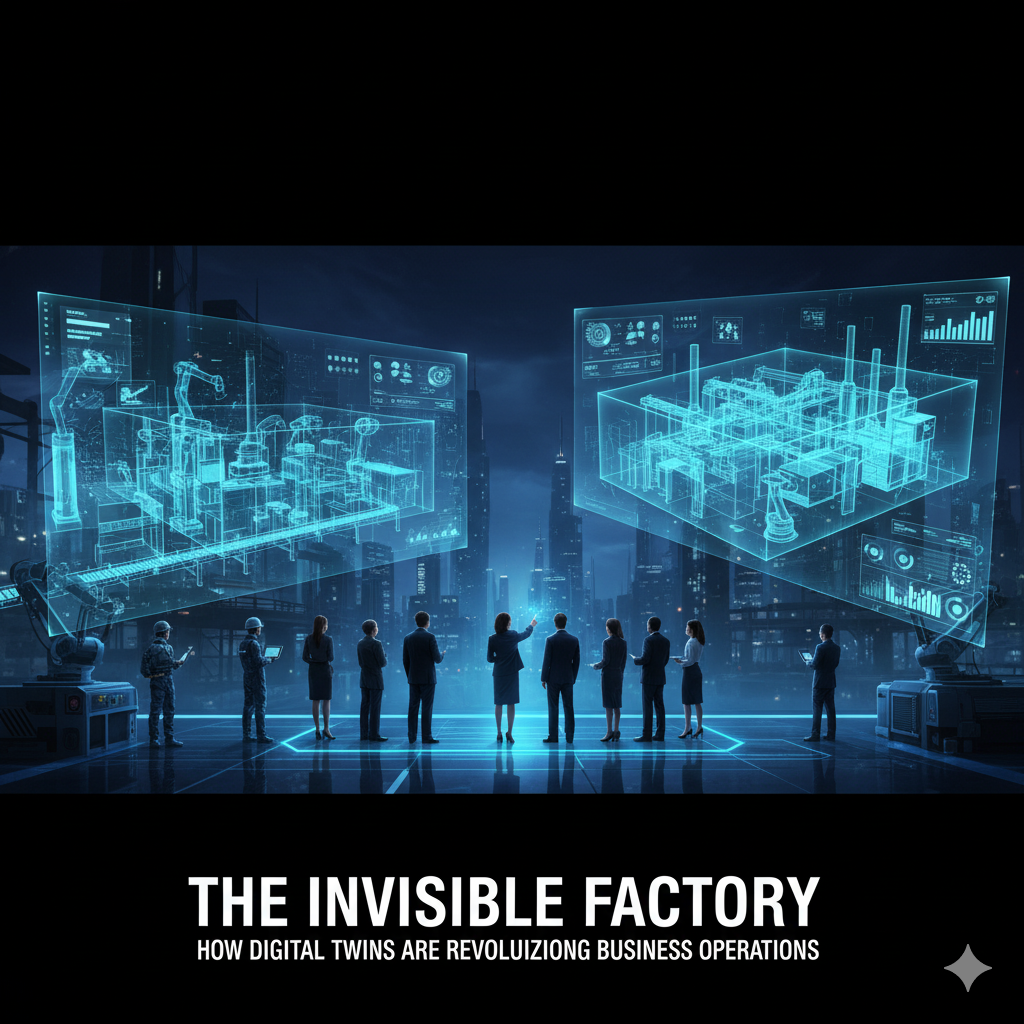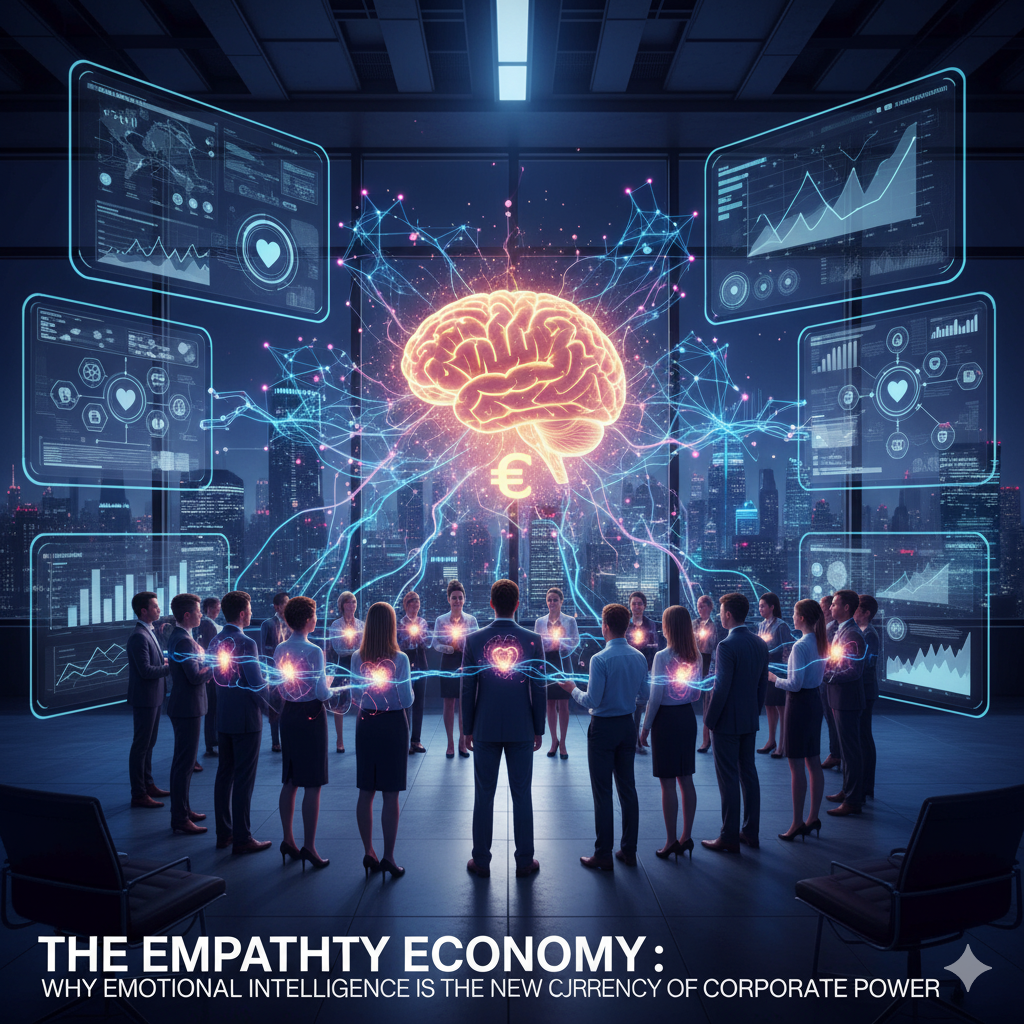For years, the corporate world glorified “hustle culture.” The 80-hour workweek was a badge of honor. “Sleep when you’re dead” was a mantra. But a profound and silent rebellion has been brewing within the cubicles and Zoom rooms of companies worldwide. It’s not a loud protest or a mass walkout; it’s a psychological shift known as Quiet Quitting. By 2025, this phenomenon has evolved from a viral TikTok trend into a fundamental restructuring of the employee-employer contract. It is not about employees being lazy; it is about them being strategic. They are not rejecting work; they are rejecting the culture of burnout and reclaiming their personal boundaries. And in doing so, they are forcing the most significant recalibration of workplace values in half a century.
Deconstructing the Phenomenon: What Quiet Quitting Really Is
The term “Quiet Quitting” is a misnomer. Employees are not actually quitting. Instead, they are engaging in a silent strike against unsustainable work practices. It is the act of mentally withdrawing from the “above and beyond” culture. An employee who is “quiet quitting” will:
Work strictly within their contracted hours.
Fulfill their job description, but not voluntarily take on additional, unrewarded projects.
Prioritize their mental health and personal life with the same vigor they once reserved for their career.
Disconnect digitally after hours, refusing to answer emails or Slack messages.
This is not a performance issue; it is a boundary issue. It is a collective, unspoken decision to stop subsidizing corporate profit with unpaid overtime and unacknowledged emotional labor. The driving forces are multifaceted: post-pandemic reevaluation of life’s purpose, generational shifts in priorities, and a pervasive sense of being undervalued despite soaring corporate profits.
The Economic and Cultural Drivers of Disengagement
To dismiss this as mere Gen-Z entitlement is to miss the larger, more alarming picture for businesses. Quiet Quitting is a symptom of a deeper disease: systemic disengagement. The root causes are now clear and well-documented.
The Burnout Epidemic: Years of chronic stress, constant connectivity, and the blurring of lines between home and office have taken a severe toll. The World Health Organization now classifies burnout as an occupational phenomenon. Employees are simply hitting a biological and psychological wall.
The Compensation Disconnect: In an era of record inflation and soaring living costs, many employees have watched executive compensation and shareholder returns skyrocket while their own wages have stagnated. The perceived fairness of the effort-reward ratio has collapsed. When going “above and beyond” does not lead to meaningful financial or career advancement, the incentive to do so evaporates.
The Lack of Purpose and Autonomy: Modern corporate structures, with their layers of bureaucracy and focus on metrics, often strip work of its inherent meaning. Employees feel like cogs in a machine, executing tasks without understanding their impact or having control over their workflow. This lack of autonomy is a primary driver of disengagement, as proven by decades of organizational psychology.
The Real Cost: Why Quiet Quitting is a Business Crisis, Not an HR Issue
Many executives initially dismissed this trend, but the data now reveals a devastating financial impact. Quiet Quitting is not a personnel problem; it is a strategic threat that bleeds directly from the bottom line.
Plummeting Productivity: A disengaged employee is not an unproductive employee; they are a minimally productive employee. They do the bare required amount, leading to a significant loss in innovation, proactive problem-solving, and collaborative energy. This creates a “silent drag” on overall organizational output that is difficult to measure but impossible to ignore.
The Collapse of Institutional Knowledge: When employees disengage, they stop sharing tacit knowledge, mentoring junior staff, and contributing to the cultural fabric of the company. This leads to a brittle organization, vulnerable to the departure of any key, still-engaged individual.
The Erosion of Customer Experience: Disengagement is contagious. An employee who is merely going through the motions cannot deliver exceptional customer service. The subtle decline in responsiveness, care, and enthusiasm eventually trickles down to the customer, damaging brand reputation and loyalty.
The Gallup Organization estimates that low employee engagement costs the global economy a staggering $8.8 trillion annually. This is not a soft cost; it is a hard, quantifiable drain on profitability that makes Quiet Quitting a C-suite-level emergency.
The Corporate Reckoning: From Perks to Purpose in 2025
The old playbook of offering ping-pong tables and free snacks is obsolete. To combat Quiet Quitting, companies are being forced to undertake a genuine, structural revolution in how they manage human capital. The solutions are rooted in trust, respect, and shared value.
Radical Transparency and Equity in Compensation: Leading companies are conducting and publishing regular pay equity audits. They are creating clear, transparent career ladders that show employees exactly what is required to advance and earn more. They are also experimenting with new models, such as profit-sharing programs that directly tie employee effort to corporate success, restoring the effort-reward connection.
The Four-Day Work Week Goes Mainstream: What was once a radical idea is now a proven retention tool. Companies that have piloted the four-day work week, with no reduction in pay, report staggering increases in productivity and employee satisfaction. This isn’t about working less; it’s about working smarter. It forces efficiency and demonstrates profound respect for employees’ time and lives outside of work.
Redefining Performance Management: The annual review is dead. It is being replaced by continuous feedback and development-focused check-ins. Managers are being trained not as taskmasters, but as coaches whose primary role is to remove obstacles, provide context, and help employees grow. Recognition is becoming more frequent, specific, and meaningful.
Granting Authentic Autonomy: Companies like GitLab and Basecamp have pioneered all-remote, asynchronous work models built on a foundation of trust. The focus shifts from “hours spent in a chair” to “output and results.” By giving employees control over when and where they work, they tap into a deep well of intrinsic motivation and accountability.
Case Study: How a Tech Giant Reversed the Silent Exodus
Consider “Nexus Systems” (a composite of real-world examples), a global software company that saw a 40% spike in voluntary attrition and a sharp decline in internal innovation metrics. Their internal surveys revealed a workforce that felt overworked, under-appreciated, and disconnected from the company’s mission.
Their multi-pronged strategy, “Project Re-engage,” included:
Eliminating Non-Essential Meetings: Implementing a company-wide “No-Meeting Wednesday” policy to ensure deep, uninterrupted work.
Output-Based Performance Metrics: Shifting all performance reviews to be based on completed projects and impact, not hours logged.
Mandatory Manager Training: Requiring all people managers to undergo intensive training on empathetic leadership, psychological safety, and preventing burnout.
“Innovation Sprints”: Allowing employees to spend 10% of their paid time on passion projects related to company goals.
Within 18 months, voluntary attrition dropped by 60%, and employee satisfaction scores reached an all-time high. More importantly, the pipeline of new product ideas from within the company tripled, directly boosting revenue.
Strategic Outlook: The Human-Centric Corporation of the Future
The Quiet Quitting phenomenon is a painful but necessary correction. It is forcing businesses to build a more sustainable, human-centric model for the 21st century. The trends for the coming years are clear:
The Rise of the “Employee Experience” Architect: A new C-suite role, focused solely on the holistic well-being and engagement of the workforce, will become standard.
The End of Presenteeism: Hybrid and remote work will be solidified as the norm, with a relentless focus on output rather than physical presence.
Purpose as a Prerequisite: The next generation of talent will choose employers based on their demonstrable social and environmental impact, making purpose a non-negotiable part of the corporate brand.
Conclusion: The Choice is Clear
Quiet Quitting is the canary in the coal mine. It is the undeniable signal that the old way of working is broken. The corporate leaders who listen—who see this not as a threat but as an opportunity to build a more resilient, respectful, and ultimately more productive organization—will win the war for talent. They will attract the best, unlock unparalleled innovation, and create enterprises built to last. The others will be left managing a silent, empty shell, wondering where all the passion went. The revolution will not be loud; it will be quiet, and it is already here.

